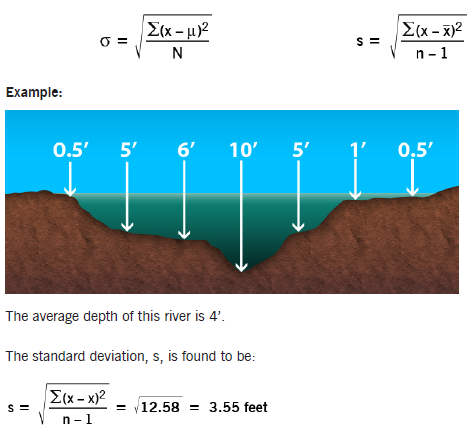Total Quality Management
TQM has been viewed by some as a program that was popular in the 1980s where the emphasis was on the ‘T’ and the ‘Q’, but not much emphasis was on the ‘M’ — management involvement. And, as such these naysayers have written off TQM as a failed movement. Some, who were immersed into the TQM movement view six sigma in much the same way. Some might say six sigma is just “the flavor of the month”, and if we ignore it, it will go away. If you consider six sigma dates back to the mid-1990s, that flavor has been going on for more than 300 consecutive months. It’s quite a flavor! Many of the tools of TQM are found in six sigma – – especially the statistical tools. The tools are just as powerful now as they were then and TQM did have some major successes. One of the things that differentiate six sigma from TQM is through the use of tollgate reviews. With tollgate reviews, management is not only committed to continuous process improvement; they are actively involved in the projects.



